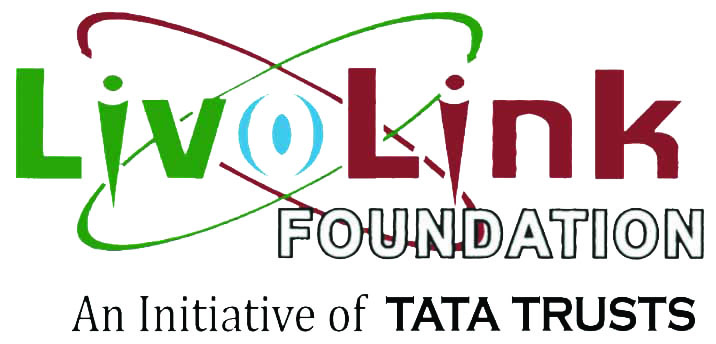Journey of SDTT in SRI Programme
The involvement of Sir Dorabji Tata Trust (SDTT) in SRI promotion dates back to 2006, when the methodology was piloted with a couple of partners under its existing livelihoods programme. The number of partners increased to five during 2007 with a coverage of 11,000 farmers. The appreciable success of the initial years and the encouraging studies of the report presented by eminent rice scientist Dr V. P. Singh prompted the Trust to start a full-fledged program on System of Rice Intensification (SRI) in 2008. This program was launched as part of the Trust’s strategy to address the issue of food security at household level in rainfed areas for small and marginal farmers. A budget of INR 10.94 crores was allocated for this dedicated programme on SRI. This started with coverage of eight States during 2008 which by the end of 2010 has reached to eleven states. Keeping in view the extent of expansion, during 2009, a SRI Secretariat was established by SDTT at Bhubaneswar for coordinating the SRI Programme activities with NGO partners, management of information system and taking up research activities. The program now covers a total of 65,000 farmers through 163 partner organizations. Against an average area of coverage of 0.23 acres during 2008, the average area increased to 0.33 acres during Kharif as of now, despite water stress situations.
During 2010-11, the programme could reach to 90,436 farmers tilling 10873.5 hectares of land. This has been achieved in eleven states spanning 109 districts. In about half of the districts, SRI has been introduced for the first time. Apart from extension activities, SDTT has concentrated upon on-farm research directly through the partner organizations and collaborative research along with the State Agricultural Universities. The SDTT SRI Programmealso aims to demonstrate at the State level so as to establish SRI as a means to attain household level food security, mainstreaming SRI through effective policy advocacy, facilitating interaction amongst different players, promoting and encouraging innovations in the SRI methodology for wider replication.
Other salient achievements of the initiative are:
1. About 80 percent of the farmers covered under this program are small and marginal farmers and they come from rainfed areas without proper irrigation infrastructures. A sample survey of more than 4,000 farmers in the states of Uttarakhand, Orissa, Jharkhand and Assam has suggested that there has been 76 percent incremental yield in rice production under this program over conventional method of rice cultivation.
2. The Trust could reach out to a total of 143 agencies for extension of SRI in the field.
3. SRI has been adopted in various agro-climatic zones ranging from sea-level fields (at Sunderbans) to 2,200 meters above mean sea-level (at TehriGarhwal).
4. The Trusts also supported in organizing the Second and Third National Symposium on SRI in India. Additionally, the first ever state-level SRI symposiums were organized in Assam, Bihar, Orissa and Jharkhand with active support from the Trusts.
5. The Trusts run an e-group on SRI (known as SRI India) that has 465 plus members. It is meant for exchanging ideas.
One of the major objectives of the Trust is oriented towards mainstreaming SRI in Government Programmes. There has been diverse response from different State Governments on the efforts of SDTT on SRI – some of which have been extremely encouraging.For example in Bihar, SRI is promoted by BRLPS, ICAR, NFSM, KBK and ATMA. Through JEEVIKA program(BRLPS) -19,111 farmers adopt SRI and 48,251 farmers adopt SWI during 2010. The State Govt has a plan to cover 3.5 lakh hect during 2011 (SRI Year).In Orissa, the state Government is promoting SRI through the scheme RKVY, NFSM, ATMA and State plan. During Kharif 2010 the total area coverage was 80,000 acres. The Government of Jharkhand has announced to cover 10% of the total paddy area under SRI during 2011’ Kharif.There have also been appreciable levels of collaboration achieved with the State Governments in Manipur, Maharashtra and Chattisgarh.
NABARD has started replicating SDTT SRI Model through NGO partners from Kharif’2010 with a budgeted allocation of Rs 16 crore across 3 years. (39 districts 63 units 34360 farmers)
The Trust has taken up an Evaluation Study of the SRI Programme during the year 2009-10,results of which have been upbeat. After positive feedback of the review conducted by three prominent scientists the Trust has now extended the SRI Programme to the Second Phase of implementation for 2010-13.
